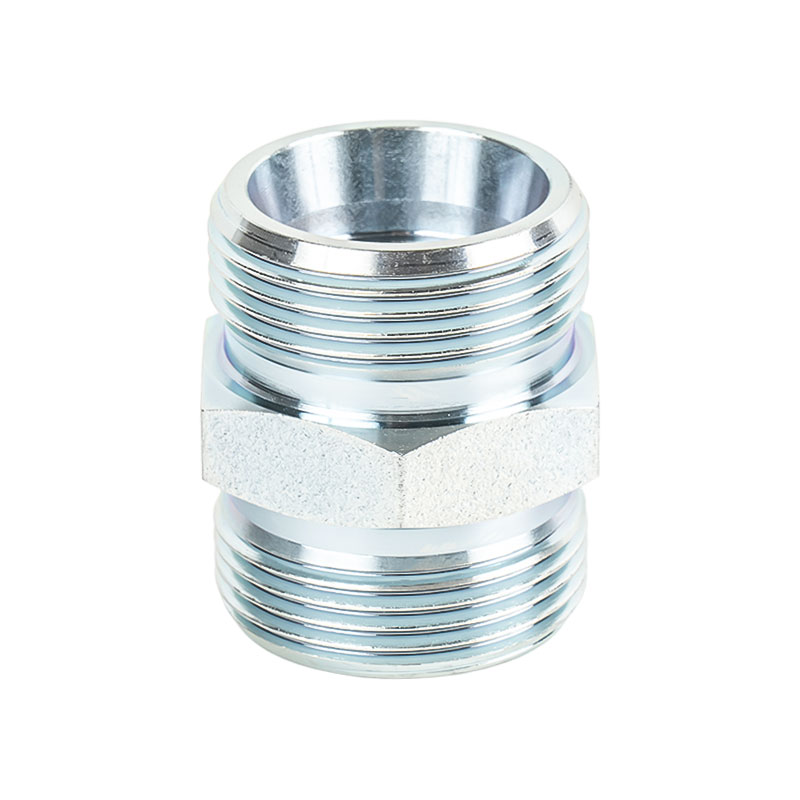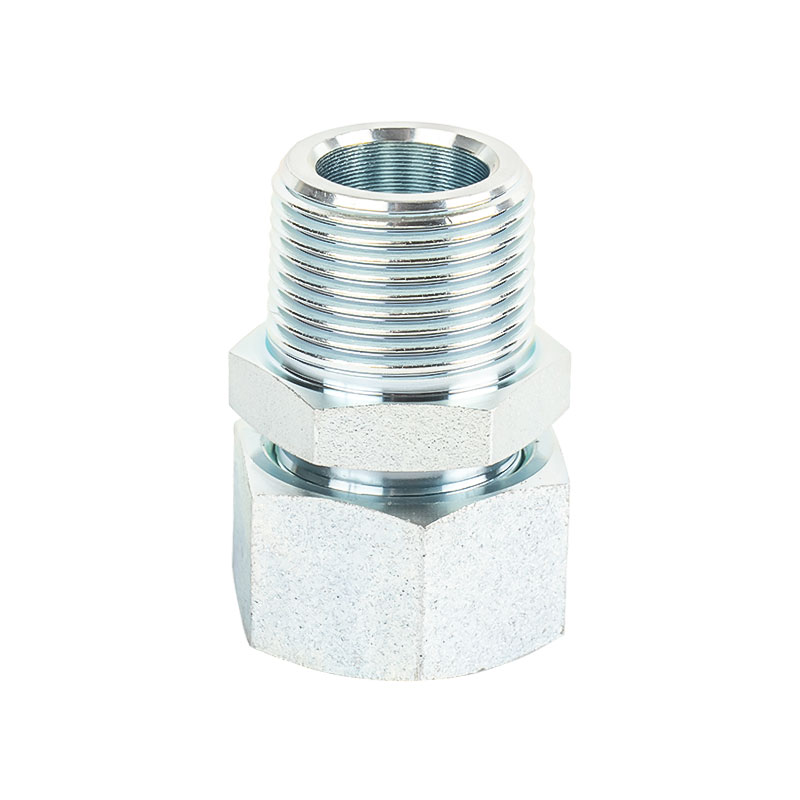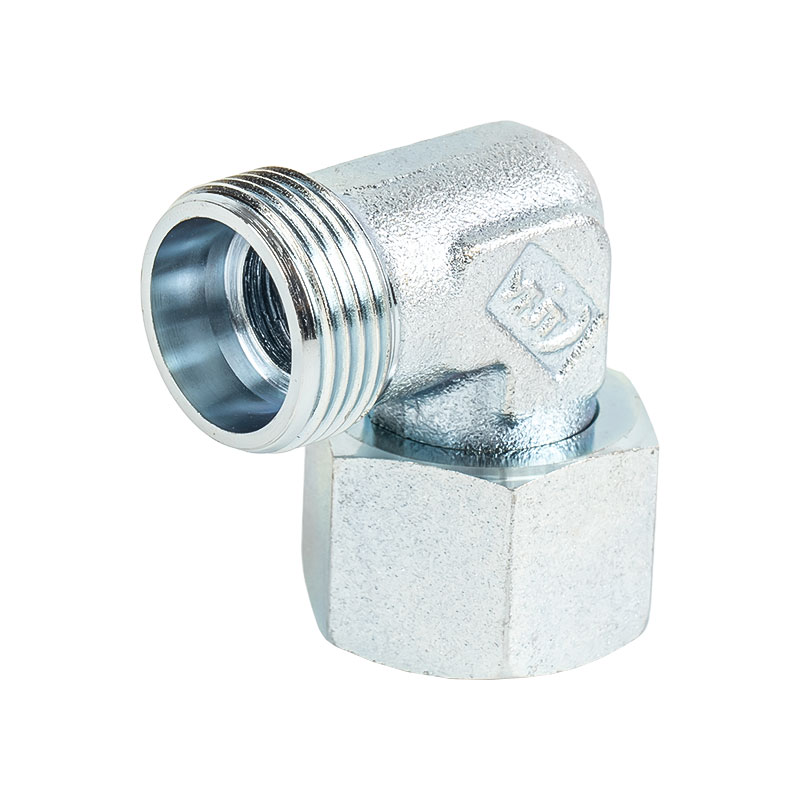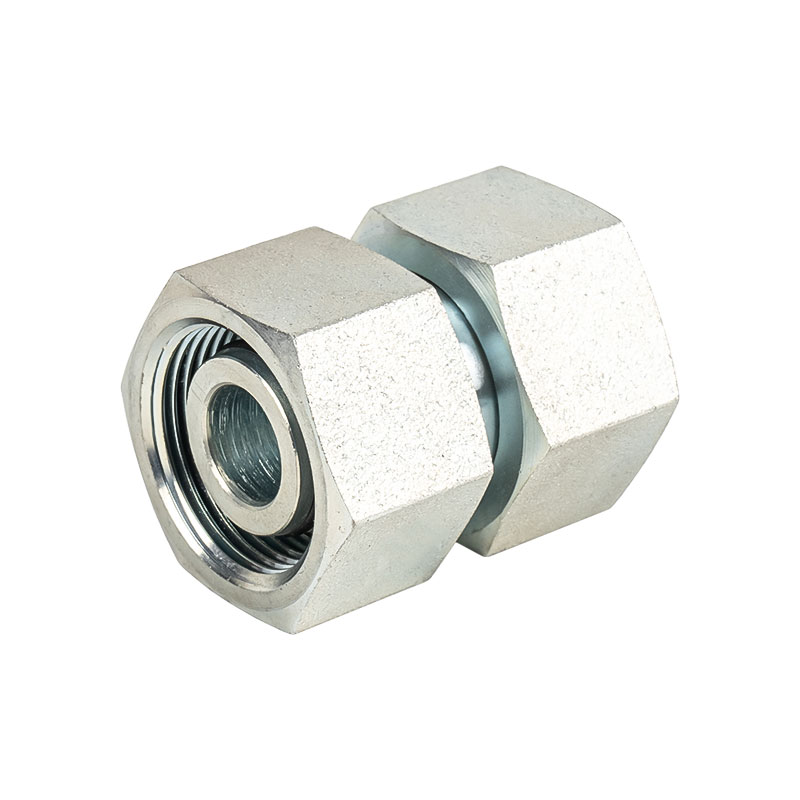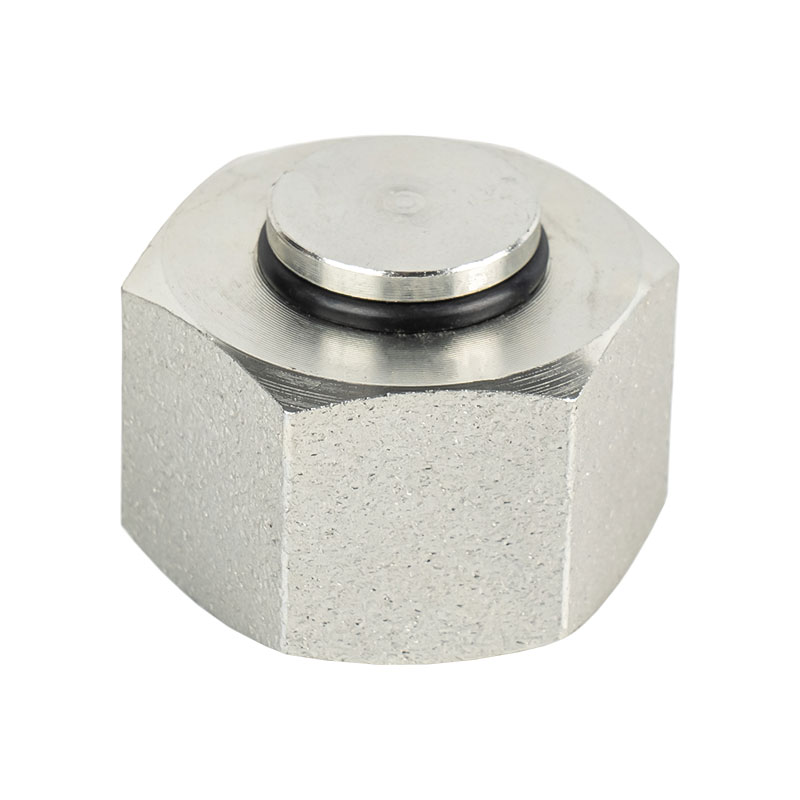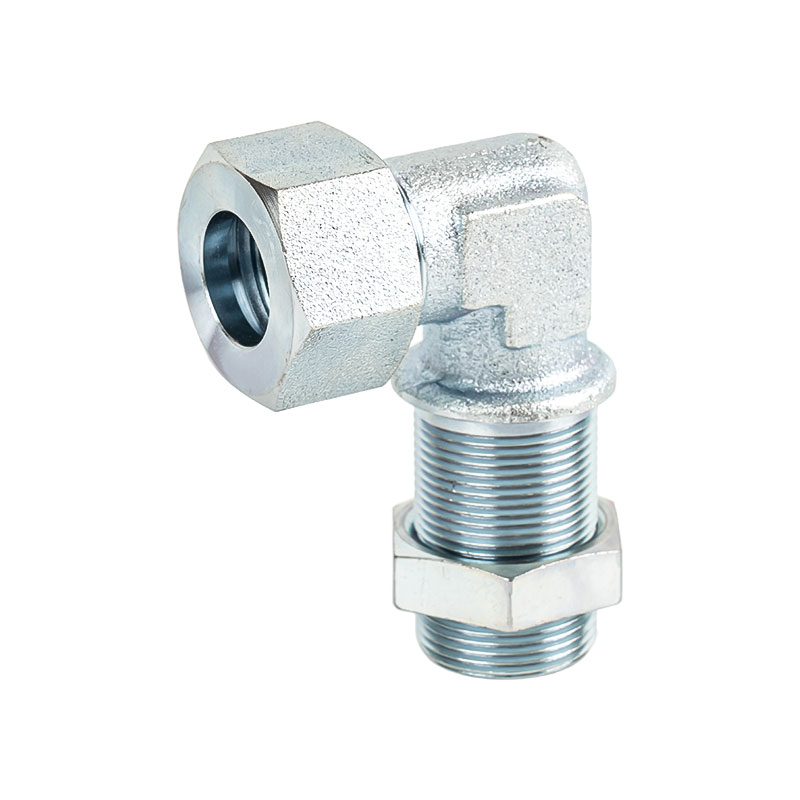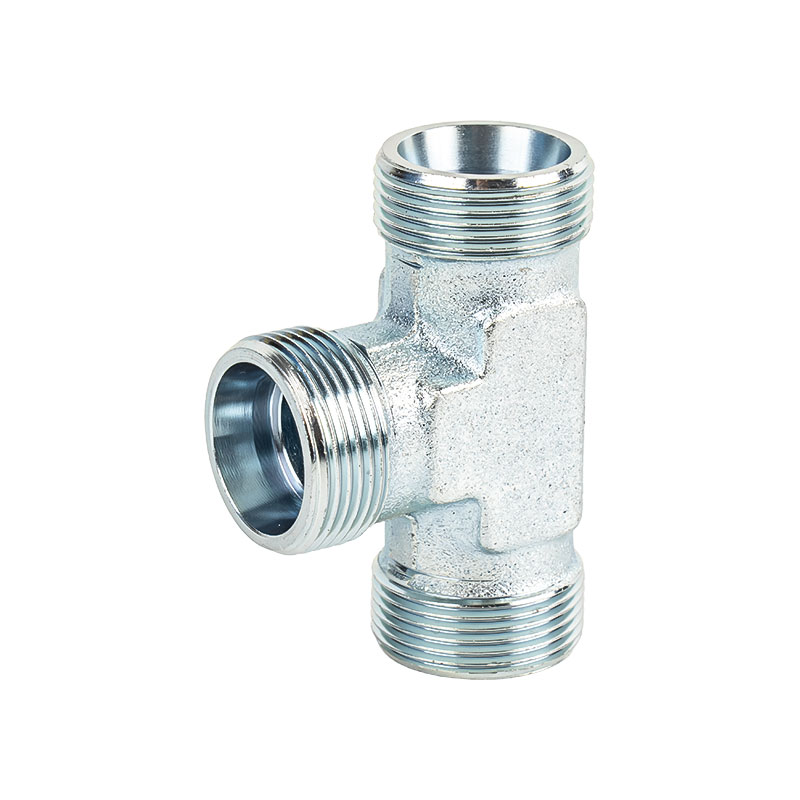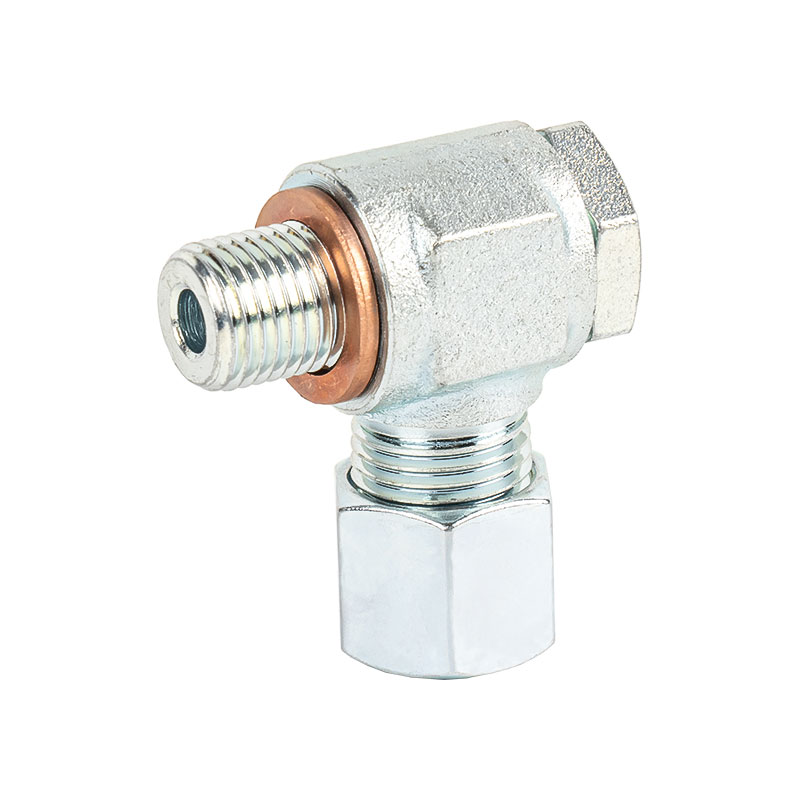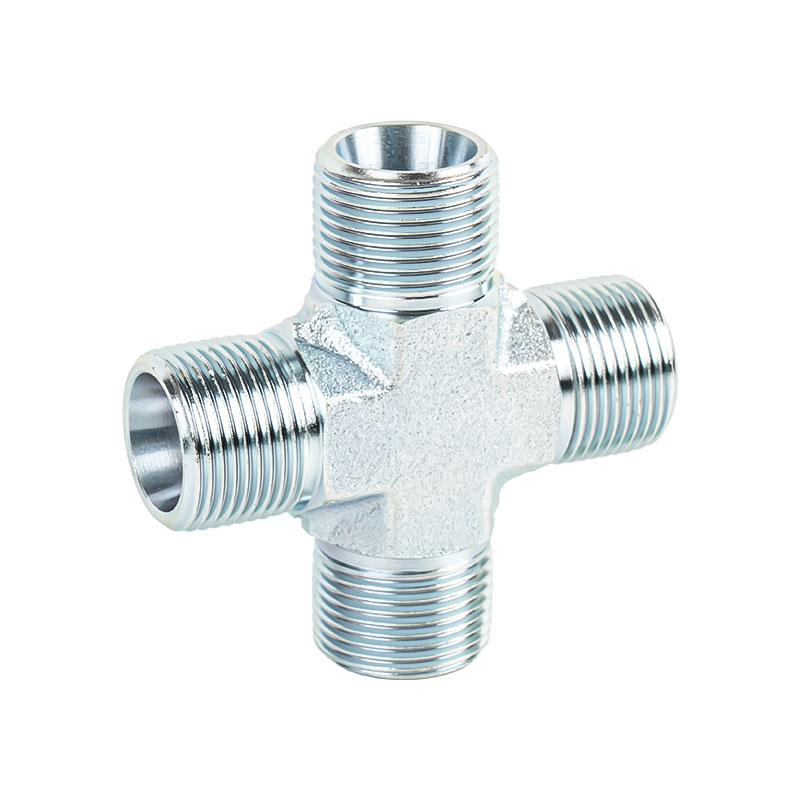Basic structure and working principle of bite type tube fittings
Bite type tube fittings are mainly composed of three parts: fitting body, ferrule and nut. When connecting, the nut is tightened to compress the ferrule and embed it into the pipe wall, thereby achieving sealing and fixing. This structure avoids the complex process of traditional welding or gluing, and is easy to disassemble and maintain. Its sealing depends on the compression fit between metal and metal. If it is subject to external disturbances such as vibration or thermal expansion and contraction, its tightening state may be affected.
Effect of vibration on the tightness of ferrule fittings
During the operation of the equipment, mechanical vibration is frequent, especially in high-pressure or high-speed fluid systems, the joints are greatly affected by load fluctuations. Long-term vibration may cause the ferrule to gradually loosen and the seal to fail. The actual situation is also related to the pipeline layout, support structure, and joint material. If vibration reduction measures are not fully considered in the design, the service life may be shortened.
Mechanism of the effect of temperature change on the sealing performance of the joint
Temperature changes can cause metal materials to expand or contract. The various components of the ferrule joint are usually made of different materials with different thermal expansion coefficients, which can easily lead to changes in the sealing gap. For example, in a refrigeration system, the joint shrinks at low temperatures, which may reduce the clamping force; it expands at high temperatures, which may generate additional stress. Therefore, reasonable material selection and design of preload are the key to solving this problem.
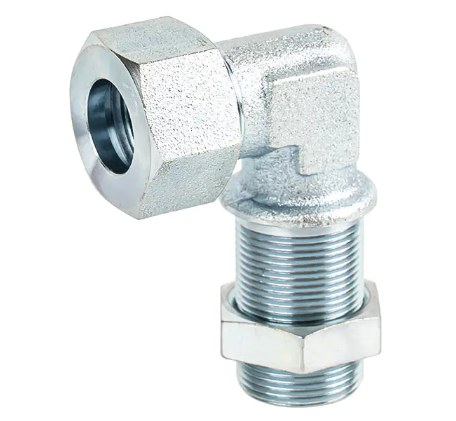
Relationship between material selection and stress release and sealing performance
The elastic modulus and thermal expansion coefficient of different materials have a significant impact on the stability of the joint. Copper, stainless steel, and carbon steel are commonly used materials. Copper has good ductility and is suitable for small equipment; stainless steel has strong corrosion resistance and is suitable for high temperature and high pressure environments; carbon steel has high strength, but it is not easy to maintain long-term sealing under high-frequency vibration.
The impact of installation process and operating specifications on stability
If the torque is not strictly controlled or the specified tools are not used during the installation process, it is easy to cause deformation of the ferrule or insufficient preload of the nut. In high temperature or vibration environments, such installation errors are easily magnified. Therefore, reasonable installation specifications, such as using a torque wrench and tightening in sequence, can help improve the overall stability of the joint.
Anti-loosening measures and structural improvements
In order to reduce the risk of loosening, some product designs use double ferrule structures, stop washers, or self-locking nuts to enhance vibration resistance. In addition, in special industries, polymer coatings or sealing rubber rings are also used for auxiliary sealing to further improve temperature adaptability and vibration tolerance.
Typical application case analysis
For example, in railway hydraulic systems, ferrule joints need to withstand vehicle vibration and ambient temperature changes. It was found during use that the problem of loose connection was significantly reduced after the stainless steel double ferrule design and the addition of elastic washers. In petrochemical systems, it is often used in conjunction with a pipeline support system to reduce the impact of pipeline shaking on the joint.
Typical ferrule joint structure and performance comparison table
| Connector Type | Vibration Resistance | Temperature Range | Material Options | Recommended Application Environment | Supports Auxiliary Sealing |
|---|---|---|---|---|---|
| Single Ferrule Fitting | Medium | -20°C to 150°C | Copper, Stainless Steel | General water treatment, laboratory equipment | No |
| Double Ferrule Fitting | Relatively High | -40°C to 250°C | Stainless Steel, Carbon Steel | Industrial machinery, hydraulic systems | Yes |
| Self-Locking Fitting | High | -30°C to 300°C | Alloy Steel | High-vibration equipment, heavy-duty systems | Yes |
| Coated Reinforced Fitting | High | -50°C to 200°C | Carbon Steel, Composite Materials | Chemical pipelines, cooling units | Yes |
Auxiliary role of pipeline design and layout
The overall design of the system also has a great influence on whether the joint is loose. For example, reasonable pipeline support can reduce the transmission of bending force caused by vibration; by installing buffer hoses or shock absorbers, it can also reduce stress concentration caused by temperature changes, thereby indirectly improving the stability of the joint.
The importance of regular maintenance
Even the most reliable design needs regular inspection. Especially for equipment operating in high vibration or high and low temperature alternating environments, the joints should be regularly checked for signs of looseness, micro-leakage or decreased preload. Timely adjustment or replacement of sealing components can help extend the service life.

 中文简体
中文简体